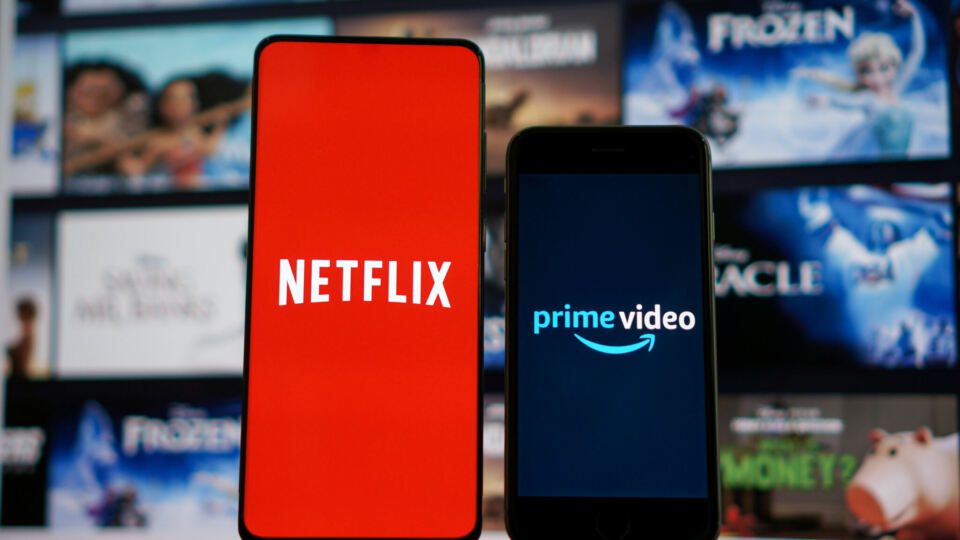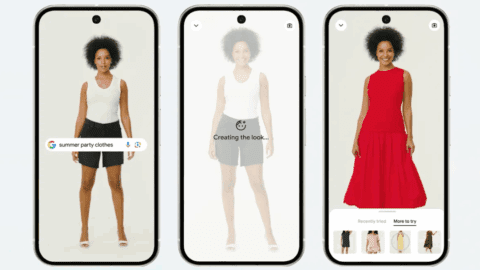“Subscription commerce” was all the rage as companies like Stitch Fix and Blue Apron were riding their rocket ships to unicorn status. But lately it seems that achieving retail prominence can be tougher than boosting financial valuations: Stitch Fix is trying to recover after announcing layoffs and weak revenue guidance, while Blue Apron is selling through Walmart to boost its brand presence and acquire new customers.
The lesson from these cautionary tales, however, isn’t that the subscription model doesn’t work; it’s that retailers need to think of new ways to more seamlessly integrate subscriptions into the customer journey. That means relying less on monetary perks, such as dollars off per item, and more on exclusive access to content, products and experiences.
In fact, there’s strong evidence that subscriptions are still in a growth mode, albeit a slower one than previously. “We’ve seen continued strong growth in total gross merchandise value that flows through our platforms,” said Casey Burt, Director of Client Services at Ordergroove, which powers subscription experiences for companies like Honest, Il Makiage, KIND Snacks and PetSmart. “It is indicative of continued strong demand we see in the marketplace for subscriptions.”
In addition to the recurring revenue streams that subscription commerce models can generate, they can also be a way for brands to get the most out of newly acquired customers — a big consideration as per-customer acquisition costs continue to rise. Once an acquisition occurs “companies are trying to fully leverage the investments they make [in acquiring that customer],” Burt said in an interview with Retail TouchPoints. By adding a subscription component, brands can turn their ecommerce sites into the ultimate destination for ease, convenience and savings.
As a result of these trends, Ordergroove has seen subscription services trickle into both a broader range of categories and upstream into larger, legacy brands. More brands in categories like beauty, skincare, health and wellness — what Burt calls the “traditional powerhouse” categories — are investing in subscriptions, but there is also net-new demand in categories like oral care, where consumers that buy an electric toothbrush can get subscriptions for the replaceable head as well as the toothpaste.
The bundling of different yet related products has grabbed the attention of bigger players, validating subscriptions on a much larger scale. “In the early days, it was very much the innovative, direct-to-consumer players using subscriptions,” Burt explained. “They were the new kids on the block, so they had to be creative. Now we’re seeing the old school CPGs that have been selling through wholesale channels and are using subscriptions to get further into DTC.”
3 Ways to Fix the Subscription Commerce Model
As brands consider whether subscriptions are right for their business and their consumers, Burt recommended that they answer and discuss the following questions internally:
What qualifies as a replenishable product for our business?
“This is really a matter of perspective,” Burt noted. “If you use a moisturizer every day, that is a replenishable product. But if you’re a plumber, and you always need a specific valve in your truck because you make house calls, that is technically a replenishable product, too.” Brands and marketplaces should give customers, especially business customers, the power to tailor their subscriptions based on ebbs and flows in demand or their individual needs. While individual consumers may just need one valve at one time for a repair, a plumber may need 10 each month. Companies should be able to accommodate both in order to maximize revenue opportunities.
How can we add subscriber value through content or services?
The Amazon Prime model is so successful because a subscription gives consumers access to a breathtakingly wide range of perks. Members don’t just get fast delivery; they also can access a treasure trove of content. Burt explained that more brands are leaning into this model, trying to replicate the value created by Prime and even Netflix. By creating exclusive content, services and resources that are only available to subscribers and paid loyalty program members, they are fostering loyal relationships and also creating exclusivity that drives demand.
“In these cases, there is a clear benefit to being a subscriber, whether that be a service or being part of a club,” Burt said. “You need to build an experience that resonates with your customers and creates value in their world — [and] that doesn’t always have to be economic value.”
Brands can identify these value drivers by conducting customer interviews and analysis. Do your shoppers turn to influencers or creators for guidance? Do they consume a lot of how-to content or product hacks? Do they look for deeper guidance from your associates or service reps? Answer these questions to better determine how you can expand your engagement lifecycle and create exclusive learning opportunities for customers.
How can we foster a deeper connection and community?
Retail margins are being squeezed. Between inflation, supply chain constraints and heightened competition, many brands simply can’t afford to offer deep discounts to subscription members. In some cases, like luxury cosmetics and skincare, discounting can actually hurt the brand’s reputation and value.
In these cases, Burt recommends looking at an expanded value structure that creates exclusivity through shared experiences. “You want to be part of a consumers’ lifestyle and shared experiences with your best customers,” he said. “You want to express to the world that you represent who they are, what they believe in and what they value. That’s why we’re seeing a lot of brands and retailers build these experiences and communities that have a shared vision.”
In addition to content, brands can give members early access to new products, exclusive tickets to events, and even create a bridge to relevant social causes and organizations. By looking at memberships and subscriptions through a larger, more holistic lens, brands can dig into customer data and build programs that truly resonate.
“Too often, brands are wrapped around that percentage-off impact that’s going to drop the bottom line and potentially impact their profitability,” Burt concluded. “But ultimately, it’s about creating value and convenience for your customer. It’s about taking yourself out of that dollar incentive mentality and putting yourself in a value creation mentality. Make sure that you’re creating direct and indirect value to show your customers that this is a long-term relationship, not a transactional relationship.”















